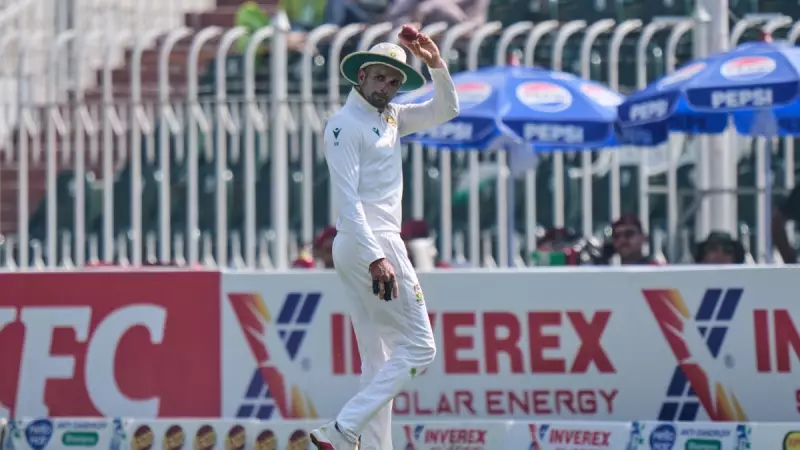
In a monumental moment for South African cricket, left-arm spinner Keshav Maharaj has carved his name into the record books, achieving a historic feat that had eluded all Proteas spinners for over a century.
The Rawalpindi Test witnessed Maharaj becoming the first-ever South African spinner to claim 150 wickets in Test cricket. This landmark achievement came during the ongoing match against Pakistan, marking a significant milestone in the 143-year history of South African Test cricket.
A Legacy Redefined
For generations, South Africa has been renowned for producing fearsome fast bowlers who dominated the cricketing world. However, the spin department often played second fiddle – until now. Maharaj's persistent accuracy, subtle variations, and unwavering determination have finally broken this long-standing barrier.
His journey to 150 Test wickets showcases not just individual brilliance but a shift in South Africa's cricketing identity. The moment he trapped a Pakistani batsman LBW to reach the milestone, Maharaj didn't just take a wicket – he rewrote history.
What Makes This Achievement Special?
- 143 Years in the Making: Since South Africa's first Test in 1889, no spinner had reached this elite mark
- Breaking the Pace Dominance: Maharaj joins an exclusive club previously reserved for South Africa's legendary fast bowlers
- Global Recognition: Cements his status among world-class spinners in contemporary cricket
The Rawalpindi pitch provided the perfect stage for this historic moment, with Maharaj exploiting the conditions with his classical left-arm orthodox bowling. His control and ability to build pressure have made him South Africa's go-to spinner across all conditions.
The Road Ahead
This achievement positions Maharaj as not just a current star but a future legend of South African cricket. As the Proteas continue their campaign in Pakistan, all eyes will be on the history-maker to see what other records might tumble.
Maharaj's milestone serves as inspiration for aspiring spinners across South Africa, proving that with skill and perseverance, even the most entrenched cricketing traditions can be transformed.





